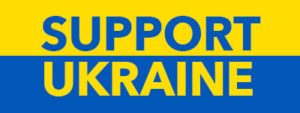Ukrainian Jewish Heritage: Book Review—The Sea Is Only Knee Deep
In this edition of Ukrainian Jewish Heritage, Myra Junyk reviews The Sea is Only Knee Deep, a two-volume memoir of a nuclear scientist who defected from the Soviet Union to Canada at the height of the Cold War. The Sea is Only Knee Deep is the true story of Paulina Zelitsky’s defection to Canada from […]


